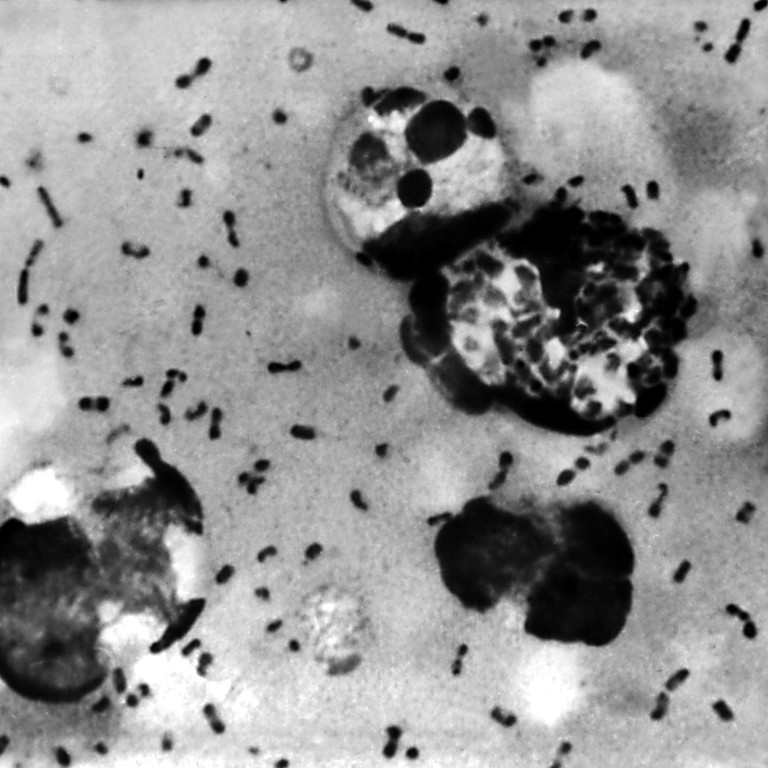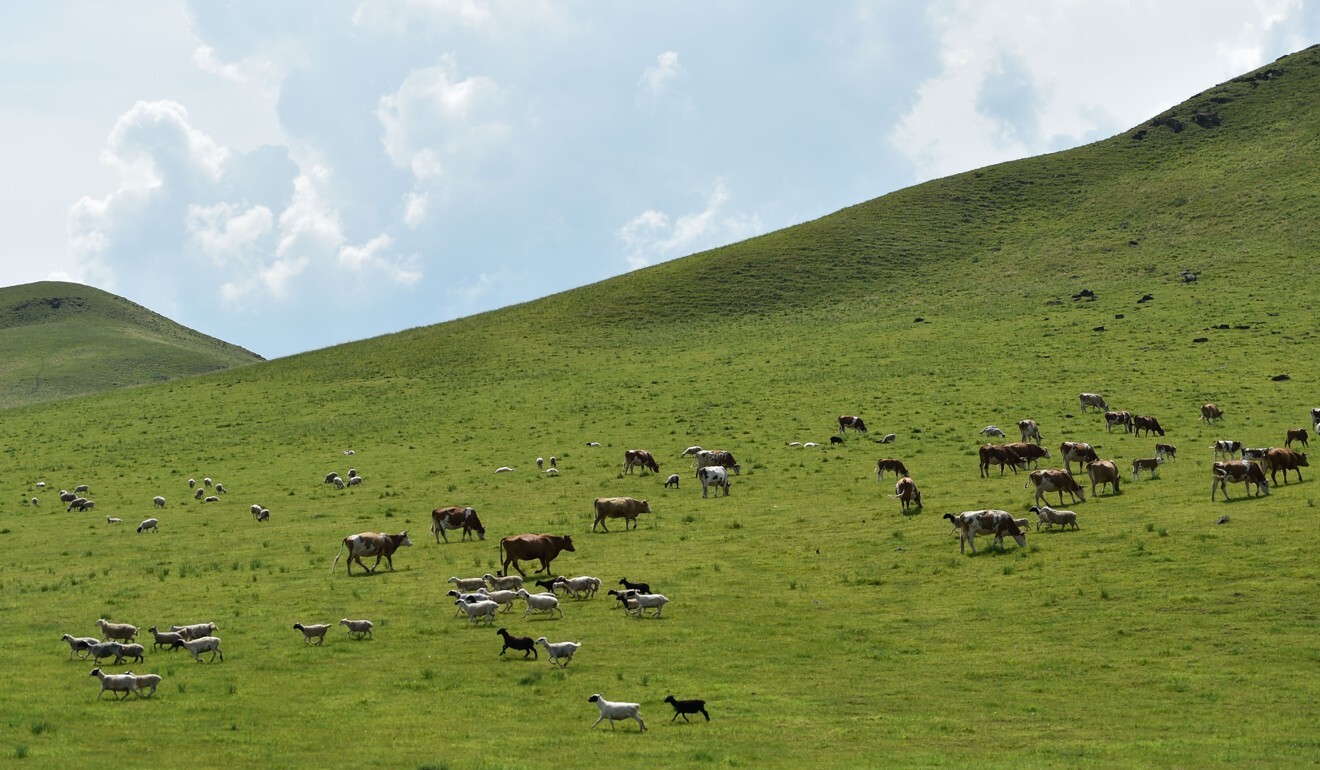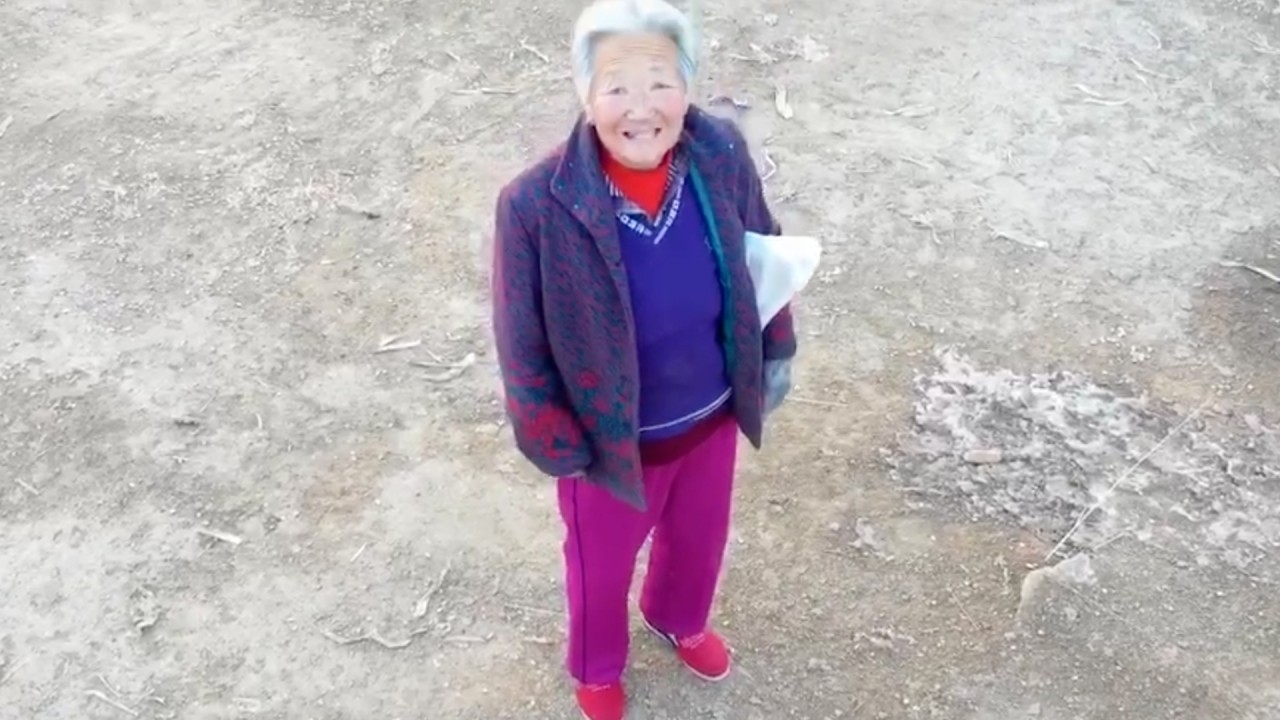
After bubonic plague confirmed, Chinese officials urge precautions
- A hospital in Bayannur, Inner Mongolia, reported that a herdsman had the disease but was in stable condition
- Beijing Centre for Disease Prevention and Control says travellers to the autonomous region should avoid eating wild animals and camping in the grassland
Chinese public health officials urged travellers to the rural areas and grasslands in Inner Mongolia to step up personal protections after a city in the autonomous region reported a case of bubonic plague over the weekend.
People should not get close to or eat wild animals, nor camp in the grasslands overnight, said Pang Xinghuo, vice-director of the Beijing Centre for Disease Prevention and Control, told a news conference on Monday.
How deadly plague changed Hong Kong for the better
She also reminded doctors and nurses to familiarise themselves with the symptoms of the plague and to strengthen their patient inquiries to trace any travel history for “accurate and timely diagnosis and handling”.

A hospital in the city of Bayannur in Inner Mongolia on Saturday night reported a suspected case of bubonic plague, one of history’s deadliest diseases. The case was confirmed on Sunday; the city health commission said that a herdsman was identified as having the bubonic plague but was in stable condition and undergoing treatment in hospital.
The city issued a third-level alert, the second lowest in a four-level warning system, which will last to the end of this year.
The alert bans hunting, eating or transporting animals that could carry plague. It also asks the public to report any suspected cases of plague or fever with no clear causes, as well as to report any sick or dead marmots.
No immediate threat of new swine flu pandemic, Chinese CDC says
According to the World Health Organisation, bubonic plague, the most common form of plague, is caused by the bite of an flea infected with the Yersinia pestis bacterium; it can be treated with antibiotics. In Inner Mongolia, the hosts are often marmots in rural areas and grasslands.
It is one of the three strains of plague, including pneumonic and septicaemic, which wiped out at least a third of the population of Europe during the Black Death in the 14th century. An outbreak in the 19th century also caused millions of deaths in China and India.

03:05
Man uses drone to persuade villagers to wear masks in China
Inner Mongolia, a favourite tourist destination in northern China and a popular destination for excursions from Beijing, also reported four cases of plague in November, two bubonic and two pneumonic. The pneumonic cases were transferred to a hospital in Beijing for better treatment.
With the novel coronavirus outbreak initially under control in Beijing, the city has gradually loosened traffic and travel controls.
There have been occasional outbreaks of plague in remote areas of China despite its near-eradication in most parts of the country. From 2009 to 2018, China reported 26 cases and 11 deaths.
In 2014, a man died of the plague in northwestern Gansu province, sparking the quarantine of 151 people.

